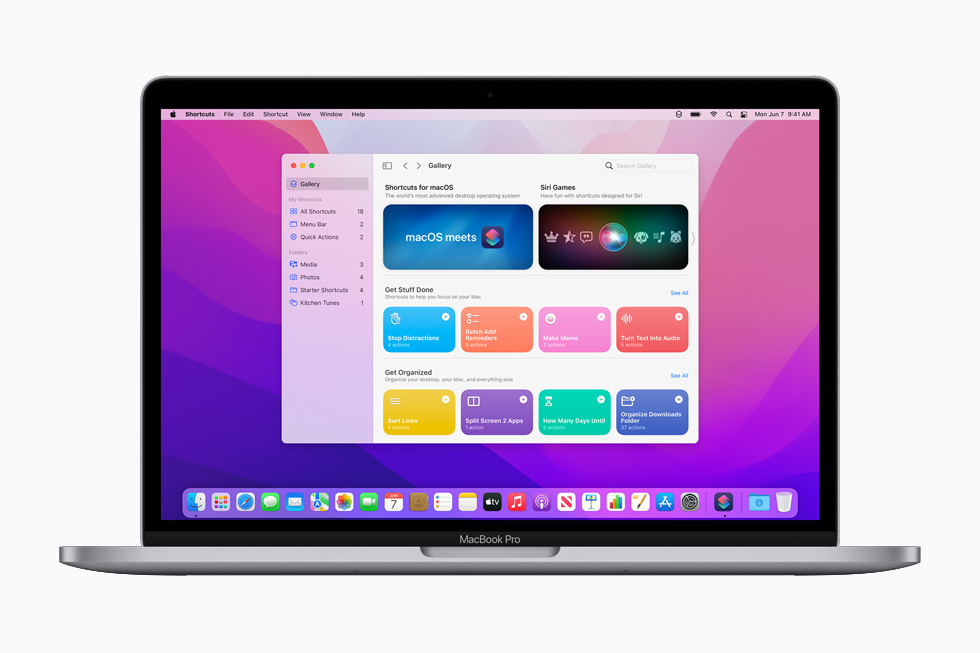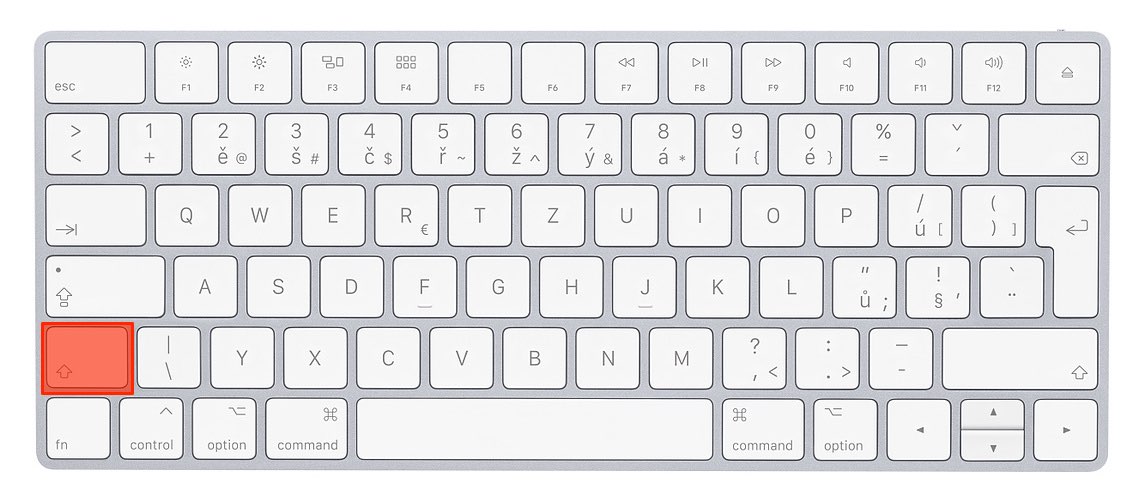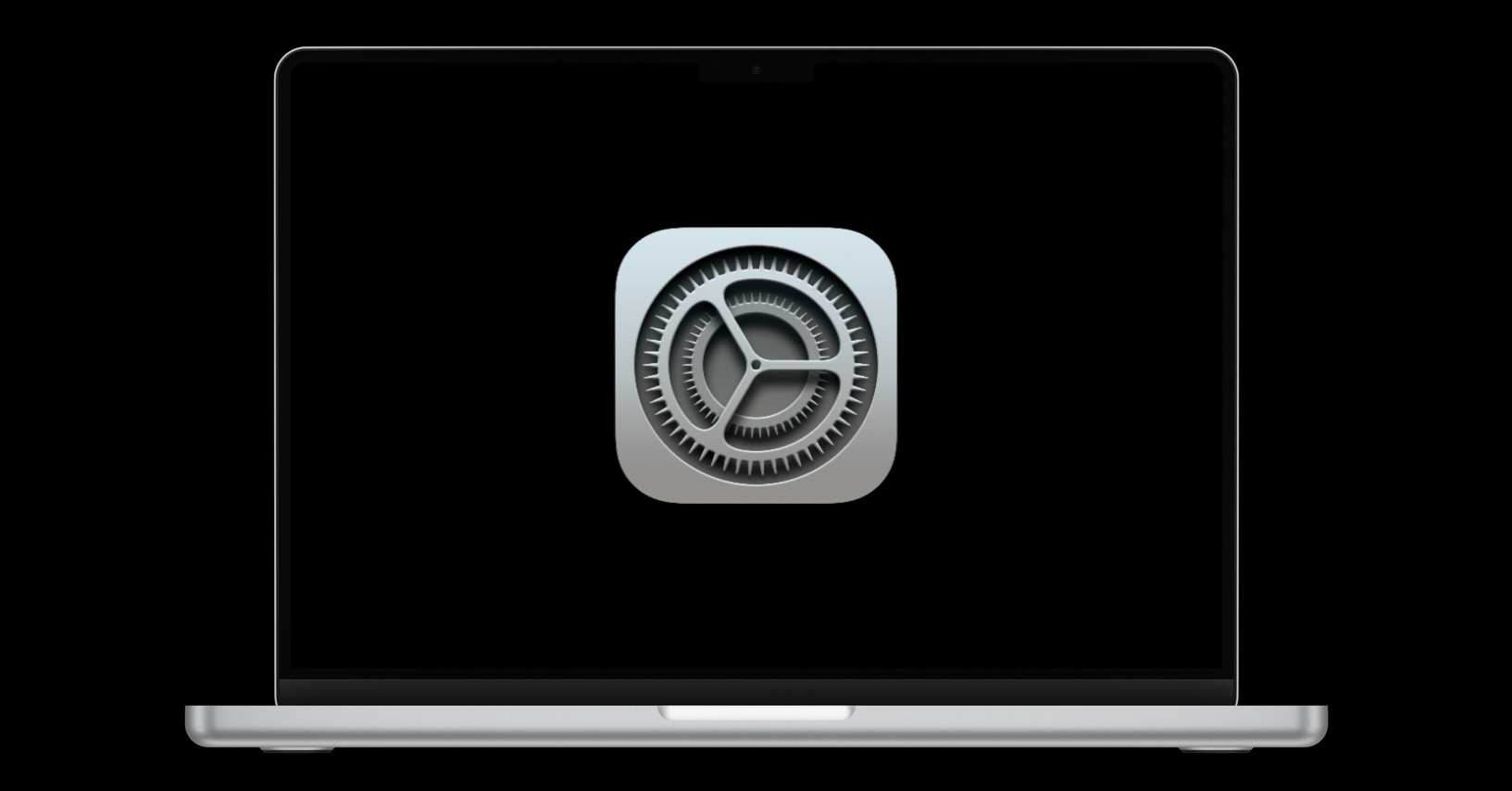Every Apple computer owner surely wants their Mac to run like clockwork at all times and under all circumstances. Unfortunately, this is not always the case, and at some moments it becomes necessary to change the boot method or different variants of the reset. It is precisely for these occasions that the keyboard shortcuts that we present to you in our article today could come in handy. Please note that some of the shortcuts mentioned work on Macs with Intel processors.
It could be interest you

Most Apple computer owners have a number of keyboard shortcuts in their little finger. They know how to use them to work with text, windows on the desktop, or even how to control media playback. But the macOS operating system also offers keyboard shortcuts for specific occasions, such as recovery mode, booting from external storage, and more.
Booting in safe mode
Safe Mode is a special Mac operating mode where the computer runs using only the most essential software components. Thanks to this, you can easily find out whether the current problems on your computer are caused by installed applications. During safe mode, errors are also checked and their possible correction. If you want to start your Mac in safe mode, restart your computer and immediately press and hold the left Shift key until you see the login prompt. Log in and select Safe Boot when the appropriate menu appears.

Running diagnostics
You can also use the keyboard shortcut to launch a tool called Apple Diagnostics. This change tool is used for cursory checking and detection of possible hardware errors. To run the diagnostics, restart your Mac and press either the D key as it turns on, or the Option (Alt) + D key combination in case you want to run the diagnostics in its web version.
It could be interest you

SMC reset
Specific problems on the Mac can also be solved by resetting the so-called SMC memory - the system management controller. This type of memory is in charge of, for example, some functions and actions associated with the MacBook battery, but also with ventilation, indicators or charging. If you think that resetting the SMC memory is the right solution for the current problems on your Mac, turn off the computer. Then press and hold the combination of Ctrl + Option (Alt) + Shift keys for seven seconds, after seven seconds - without letting go of said keys - hold down the power button, and hold all these keys for another seven seconds. Then start your Mac as usual.

Reset NVRAM
NVRAM (Non-Volatile Random Access Memory) on the Mac is responsible, among other things, for information about the configuration of time and data, desktop, volume, mouse or trackpad and other similar aspects. If you want to reset NVRAM on your Mac, turn off your Mac completely - you really need to wait until the screen is completely off and you can't hear the fans. Then turn on your Mac and immediately press and hold the Option (Alt) + Cmd + P + R keys while holding them for 20 seconds. Then release the keys and let the Mac boot up.
It could be interest you

 Flying around the world with Apple
Flying around the world with Apple